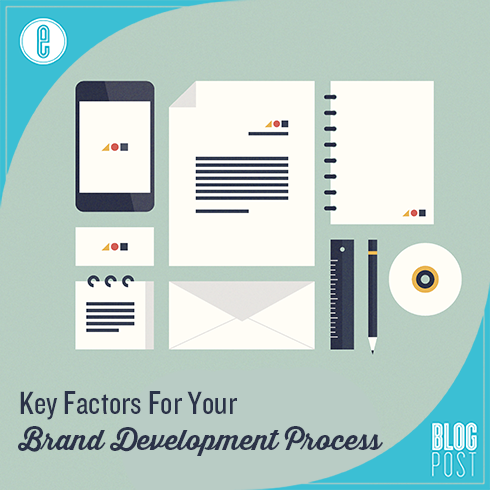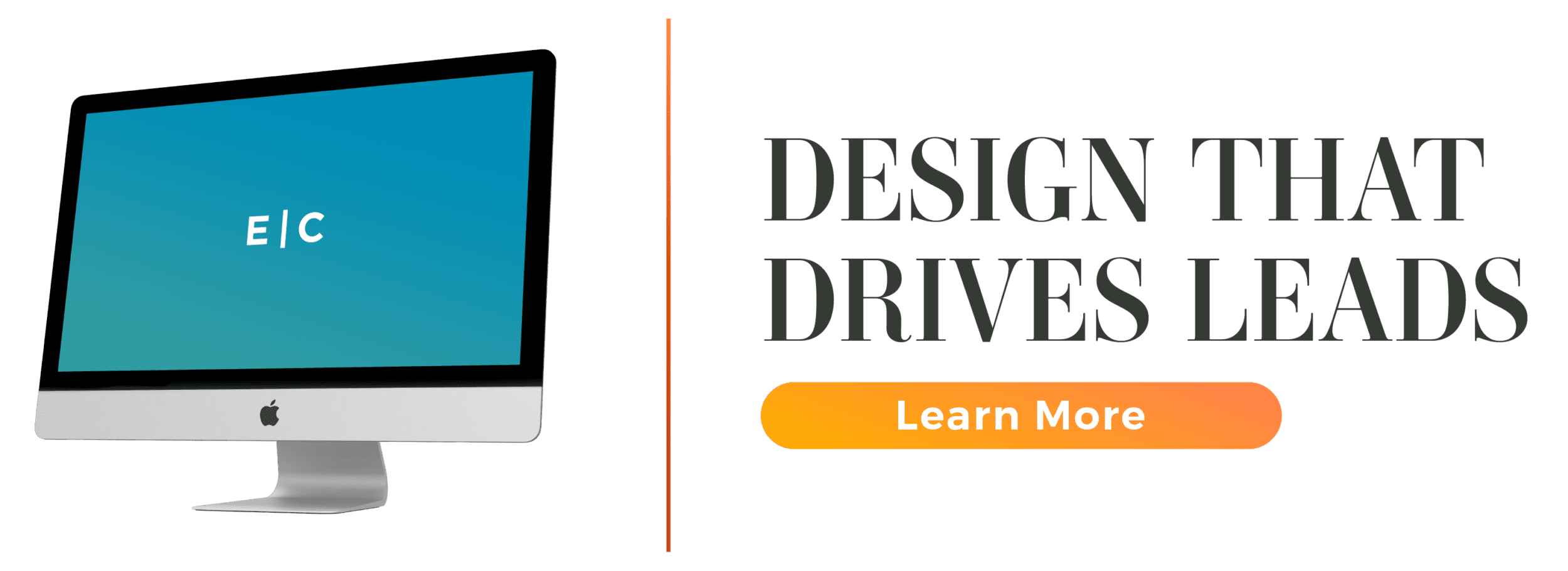Often the terms “marketing” and “branding” are used interchangeably. They are not the same thing. Marketing is what you do to get people to see you. Branding is what they see. It becomes, for all intents, you. Marketing stops when the customer forks over his money and receives the product. Branding goes on to nurture the client-company relationship, selling products when you aren’t actively marketing them.
Branding is what makes your image come to mind as the only product or service a consumer needs. That makes it crucial to inbound marketing because consumers will pursue your brand. Once a brand development process is complete, leads will come to your company instead of your pursuing them. People will search for your brand online instead of doing a generic search for a product. That influx of consumers to your product is what inbound marketing is about.
Successful branding has four main components:
- The message must be clear. The image on the packaging is recognizable and relates directly to the product.
- The branding should reinforce the credibility of the company. If your company wants to be seen as environmentally friendly, your packaging and even your blog should be decidedly “green.”
- Branding must motivate consumers to action. They need to respond by seeking out the product, signing up for the newsletter or simply “spreading the word” about your company.
- This, in turn, leads to the last component: branding must create and retain user loyalty.
Starting a brand development process involves researching the market
Companies must identify not only the consumer’s perceived need ( the thing they think they want), but their real needs (or, why they want the product, and what problem it solves for them). For instance, pink camouflage Spandex exercise shorts may be trending; it might seem that everyone wants a pair. Companies that brand themselves as the only source for pink camo Spandex shorts will discover, however, that what the consumer really wants is stylish, quality exercise apparel. The demand for the wild shorts will wane, but the need for exercise apparel will not. Perceived needs change with trends; real needs are long-lived.
Branding does not stop at the point of purchase
Wise companies build relationships with their brands by nurturing the company/customer relationship. This may involve following up on product performance through marketing emails or giving customers loyalty perks like discount cards on birthdays or holidays. Rewarding your current customers will encourage them to spread your name to their friends and family. That amounts to the product selling itself.
Some branding campaigns have worked so well that the products they represent have become part of our culture and language. Successful branding is what made “Nike” synonymous with athletic shoes and why we say “Kleenex” instead of “tissue.” A strong brand development process allowed both of these companies to become top-of-mind for their customers. That is the difference between marketing a product and branding it.
-FINAL(01-00)-White&Blue-01.svg)





